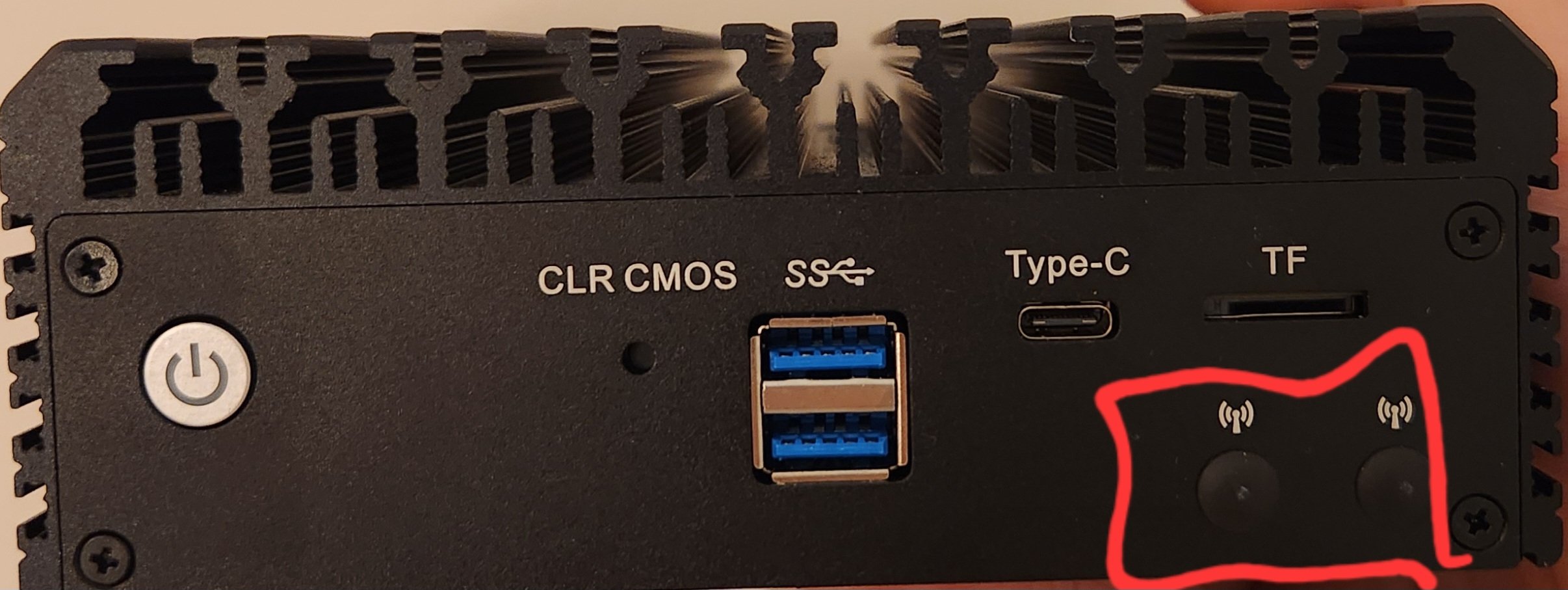Selfhosted
A place to share alternatives to popular online services that can be self-hosted without giving up privacy or locking you into a service you don't control.
Rules:
-
Be civil: we're here to support and learn from one another. Insults won't be tolerated. Flame wars are frowned upon.
-
No spam posting.
-
Posts have to be centered around self-hosting. There are other communities for discussing hardware or home computing. If it's not obvious why your post topic revolves around selfhosting, please include details to make it clear.
-
Don't duplicate the full text of your blog or github here. Just post the link for folks to click.
-
Submission headline should match the article title (don’t cherry-pick information from the title to fit your agenda).
-
No trolling.
Resources:
- selfh.st Newsletter and index of selfhosted software and apps
- awesome-selfhosted software
- awesome-sysadmin resources
- Self-Hosted Podcast from Jupiter Broadcasting
Any issues on the community? Report it using the report flag.
Questions? DM the mods!
view the rest of the comments

Nyes?
GL-iNet devices run DD-WRT, with an added (probably not open source) web interface. However, if you ssh into any of their routers, it's BusyBox and DD-WRT. And if you click go into the admin web page and click System->Advanced you end up with a link that takes you to luci, the raw DD-WRT web UI for the device. The company's UI is just a simpler, more pretty UI on top of DD-WRT.
They run a custom version of OpenWRT. However, I would run stock OpenWRT since it is better supported.
@sxan @elyviere In particular, there are two gl.inet models that you can install openwrt on: https://forum.openwrt.org/t/best-newcomer-routers-2024/189050/2
The other models run modified openwrt but don't necessarily allow you to install a stock openwrt release.